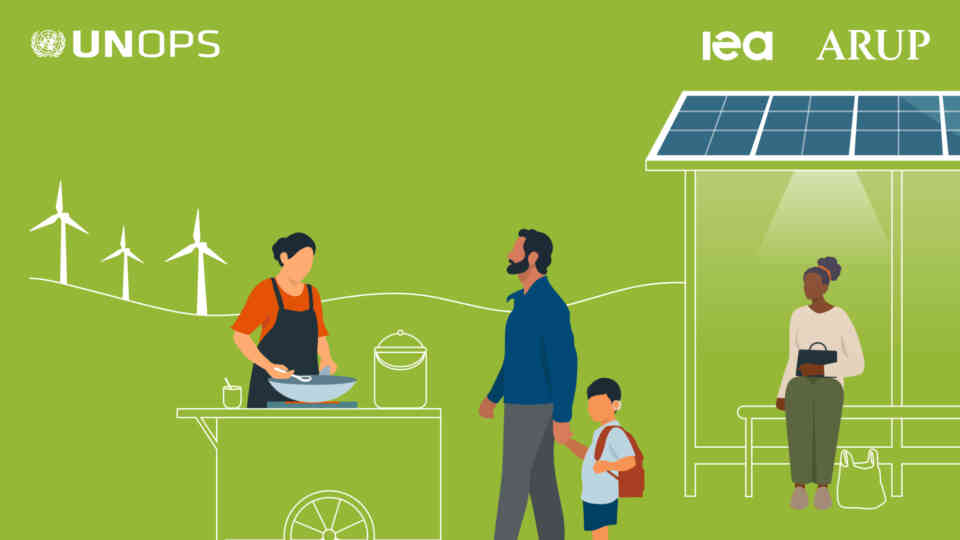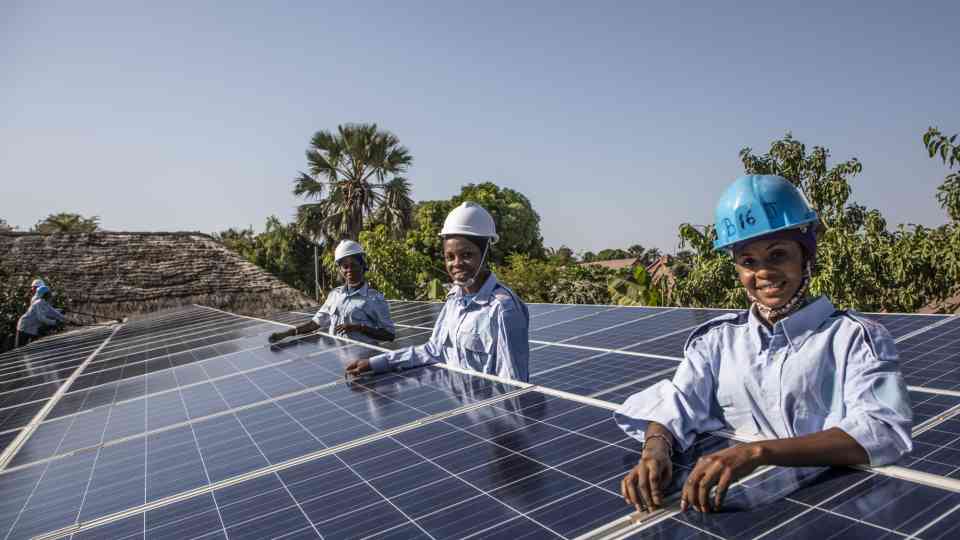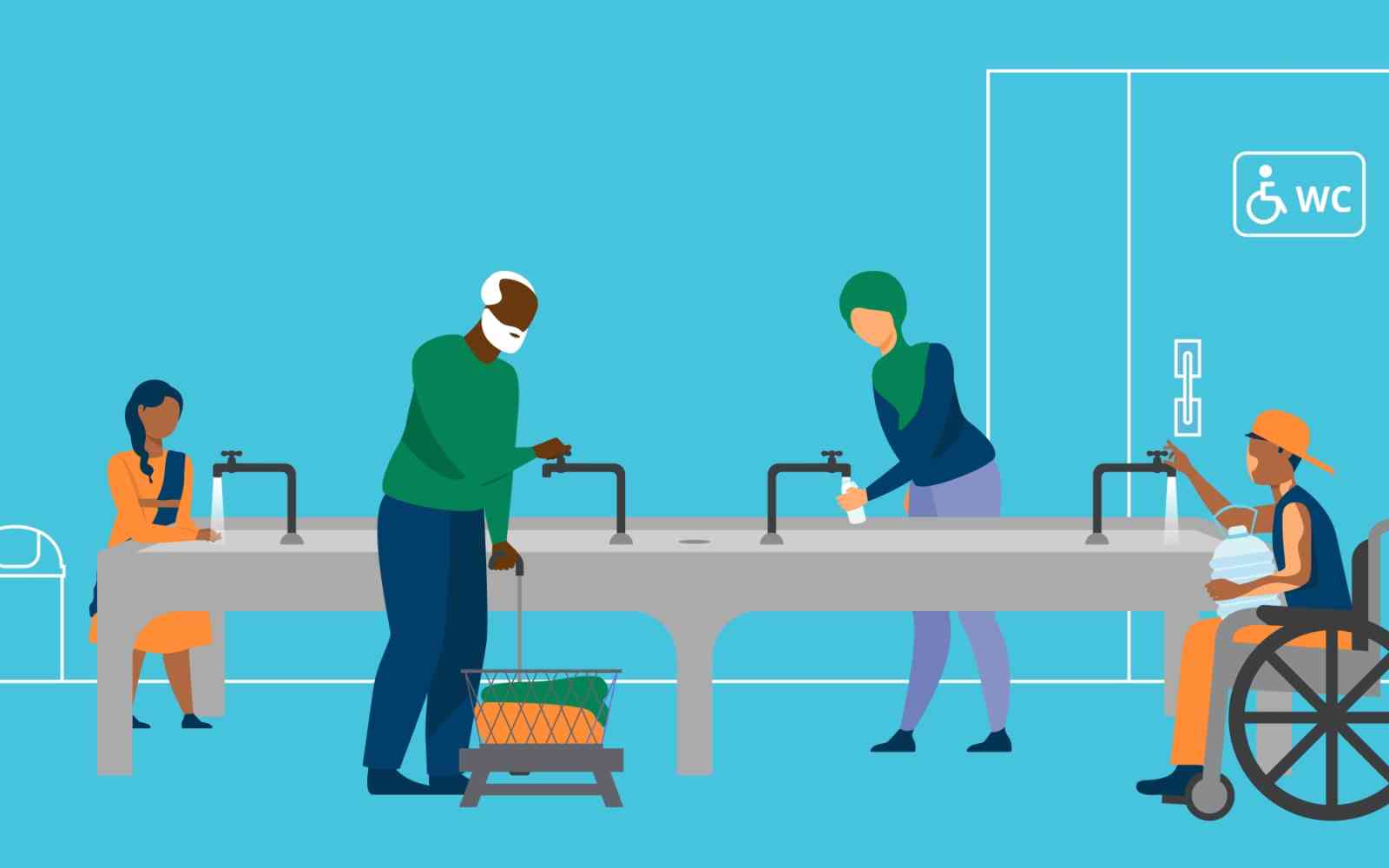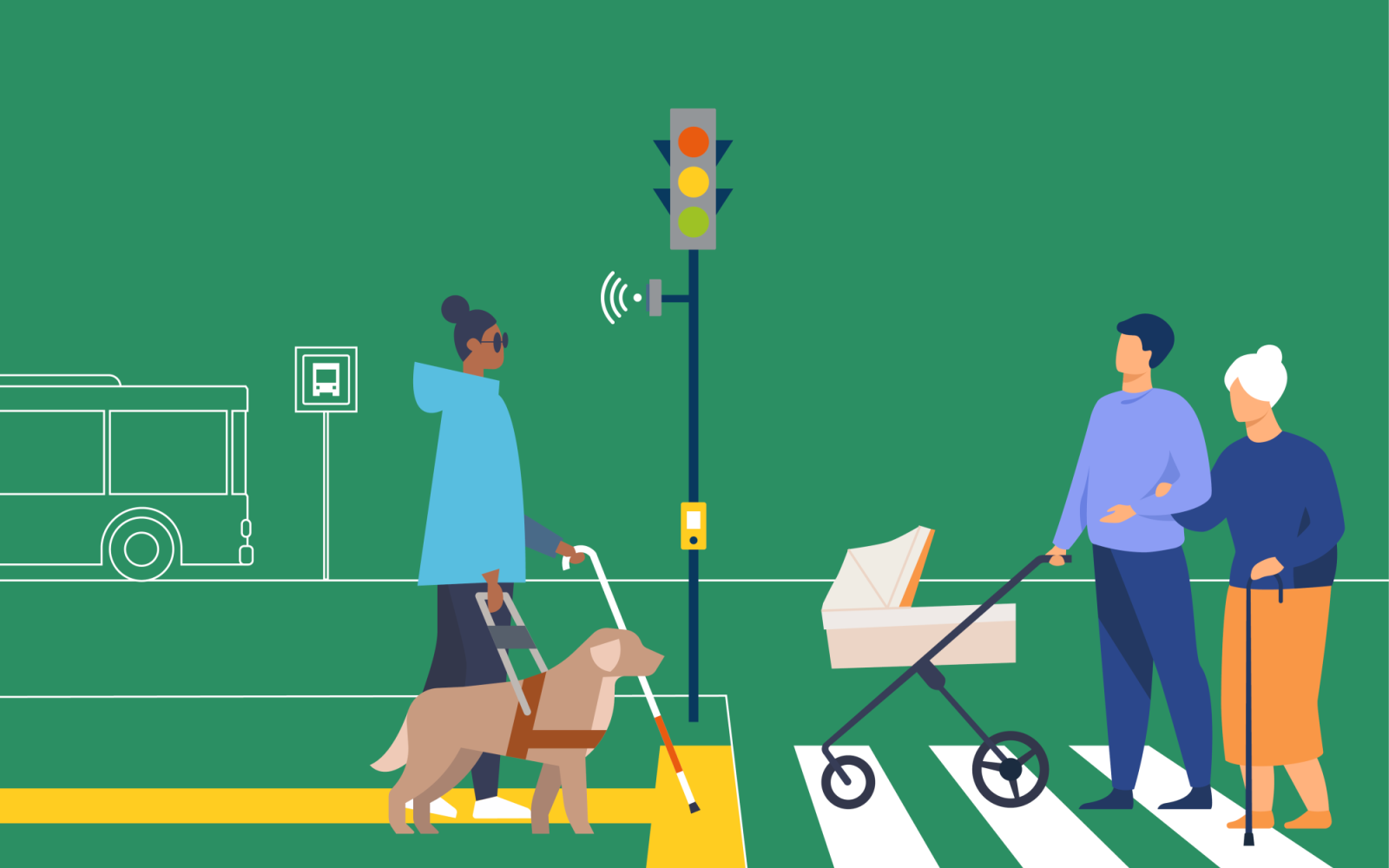The United Nations Office for Project Services (UNOPS)
Developing inclusive energy infrastructure
New guidelines published by UNOPS, the International Energy Agency (IEA) and Arup provide guidance on how to practically implement inclusive approaches to energy infrastructure development.
Globally, 675 million people still lack access to electricity, while nearly one in three people still lack access to clean cooking facilities. This lack of energy access disproportionately affects women, girls and marginalized groups.
Women and children often spend hours collecting fuel and cooking over open fires, exposing them to health risks and limiting their time for education and income generating activities. Marginalized groups, including people with disabilities, face additional challenges in accessing energy infrastructure. This unequal access reinforces existing gender and social inequalities, and hinders progress towards the Sustainable Development Goals.
Lack of access to sustainable energy is a serious impediment to human development and economic growth. By ensuring everyone has access to clean and reliable energy, we can empower communities, advance the SDGs and combat the climate crisis. These guidelines offer an important roadmap to achieving just that.
Launched after the IEA’s inaugural Global Summit on People-Centred Clean Energy Transitions, the guidelines address the inclusive energy infrastructure gap and provide guidance on how to practically implement inclusive approaches to sustainable energy infrastructure development, particularly in developing countries and fragile contexts. Closing this gap is especially important in the context of the climate crisis, where just and people-centred transitions are essential.
"Energy infrastructure is essential to improving people's lives across the globe,” said Brian Motherway, IEA’s Head of Office for Energy Efficiency and Inclusive Transitions. “Approaching how we develop energy infrastructure with a focus on inclusivity will make sure that the benefits of clean energy go to people most in need,” he added.
Acknowledging the implementation challenges faced by energy infrastructure practitioners in developing countries, the guidelines highlight four approaches to develop inclusive energy infrastructure that leaves no one behind. These include strengthening the enabling environment, prioritizing inclusive solutions, delivering inclusive solutions well, and maximizing existing system performance.
Drawing on project case studies from Pakistan, Peru, South Africa and more, the guidelines illustrate the diverse challenges faced by different groups, and provide recommended actions and resources to strengthen the capacity of governments, infrastructure practitioners and other stakeholders to address these.
“Arup has collaborated with UNOPS and IEA to develop guidance on inclusivity in energy infrastructure planning and design with the aim to achieve more equitable, resilient and sustainable societies in the Global South,” said Eva Hinkers, Chair, Arup Europe Region Board.
“With sustainable economic development comes more social integration and engagement as communities become empowered and cohesive, enabling them to better adapt to environmental challenges," she added.
The guidelines are the third volume in a series of publications focused on developing inclusive infrastructure. The first two volumes provided guidance on developing inclusive transport infrastructure, and inclusive water, sanitation and hygiene infrastructure.













